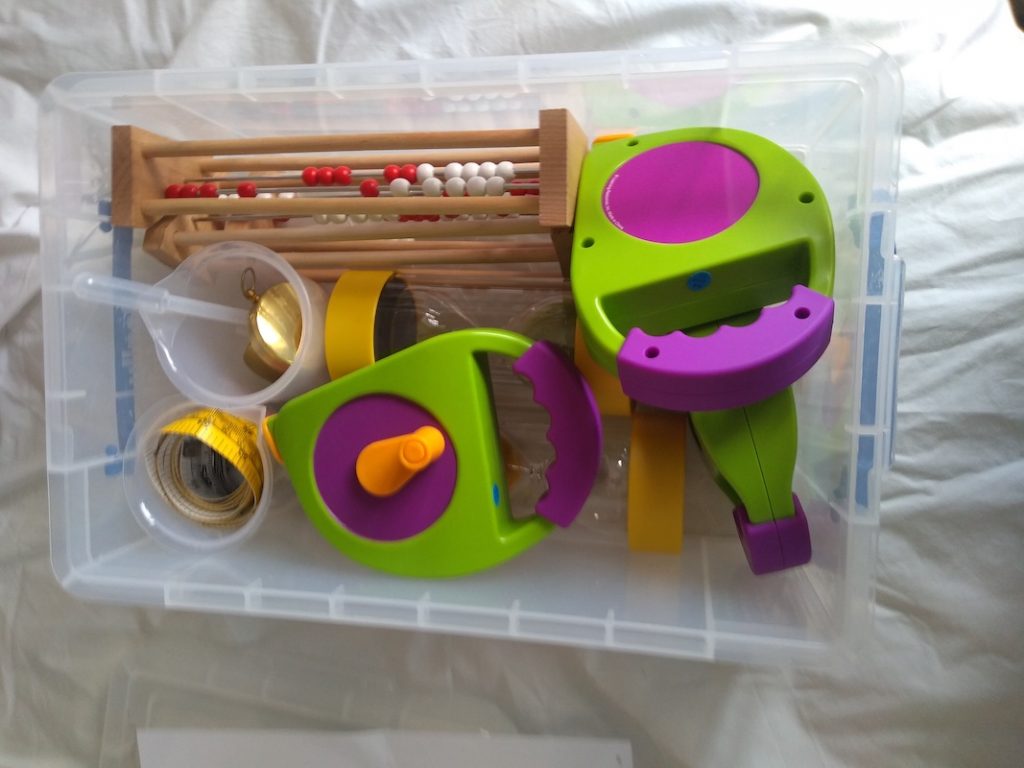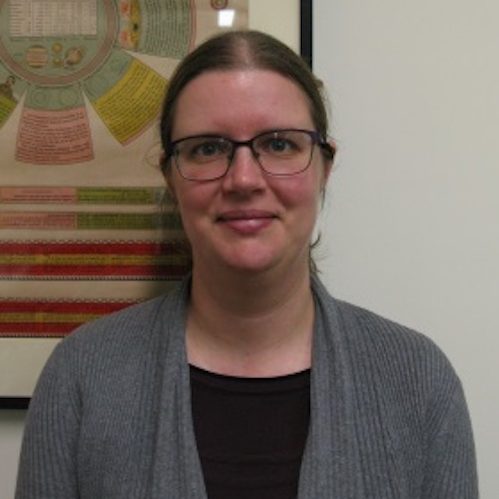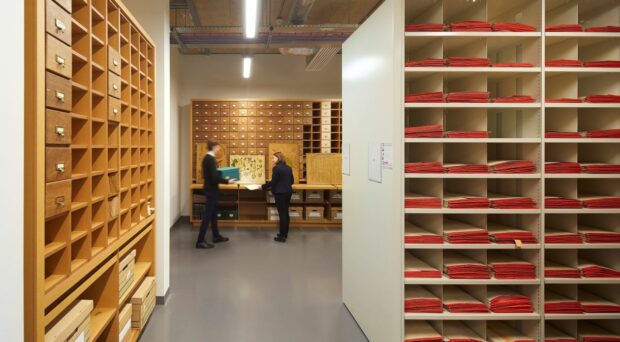During lockdown the Whipple Museum of the History of Science has been working with the inclusion unit at Sawston Village College to create fun, interactive science lessons based on collections objects which can be delivered remotely. The sessions have encouraged pupils to take an enquiry-based approach to science and to use historic objects to find out about science both in the past and now.
This project came about to solve two problems. As the new Learning Coordinator at the Whipple Museum I needed to find ways of sharing our collections, but both school visits to the museum and outreach visits to schools were impossible because of coronavirus restrictions. At the same time, Amy Brookman at Sawston Village College was looking for interesting, interactive sessions which could be delivered online to small groups of students who were finding it difficult to stay engaged with learning. We decided to work together to create a series of short science lessons based on collections objects from the Whipple museum with the twin aims of engaging students at Sawston and developing an online learning programme for the museum.
We began with one set of objects and a plan of six half-hour lessons on the topic of light and shadows. I created a box of equipment from the museum’s resources which was sent into school to be used in the sessions and made sure that I had a range of objects from our handling collections ready at home. For each lesson, school staff would open a Google Meet video call for me and initially just one student at a time to join. I then showed the handling object and encouraged students to ask questions about it, then led them through simple experiments with the equipment. Each lesson was based around the scientific skills of questioning, observation, prediction and experimenting. The preparation took about a day, followed by two half-hour sessions each week. There were some challenges with students not turning up for sessions, but because I was working from home this was not too disruptive and we were able to make the most of the sessions when they did attend.

Since the start of the project in November 2020 we have refined the sessions many times and have added additional sessions, so that as well as a one-to-one session each week I am also teaching small groups from Year 8 and Year 11. We have adapted the sessions to work with pupils at home using a combination of equipment boxes sent to students’ homes and sessions which use online resources. In every case, sessions are based on objects from the collection and the students have a chance to ask their own questions and find out more about the science which interests them. Pupils have shown increasing levels of engagement and have made some brilliant suggestions for future sessions, including one which I’m enjoying writing at the moment on the science of superpowers!
Amy has been very pleased with the outcomes of the project, saying “These sessions have been brilliant for our students! Alison has tailored each lesson to cater the particular needs and interests of those attending. Pupils really enjoy the highly visual and fast-paced sessions and many of those who are often reluctant to engage are now asking insightful questions and joining in the discussions. I was recently asked to “stop talking please; I’m observing closely like Alison told me to!”
We hope to continue the sessions and equipment boxes as a resource for the school and for other small groups in the future. Although many of the sessions will continue to be delivered online to avoid travel time and costs, we hope that one day we will be able to arrange a museum or outreach visit at the end of each half term to “meet” the handling objects they have learned about.
We continue to develop our online learning programme at the Whipple Museum, including small group sessions like these and one-off talks for adult groups and uniformed organisations.
Find out more, here







